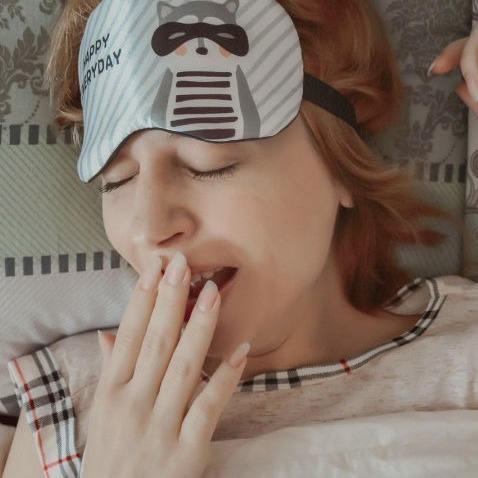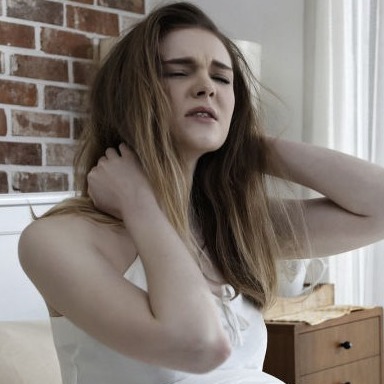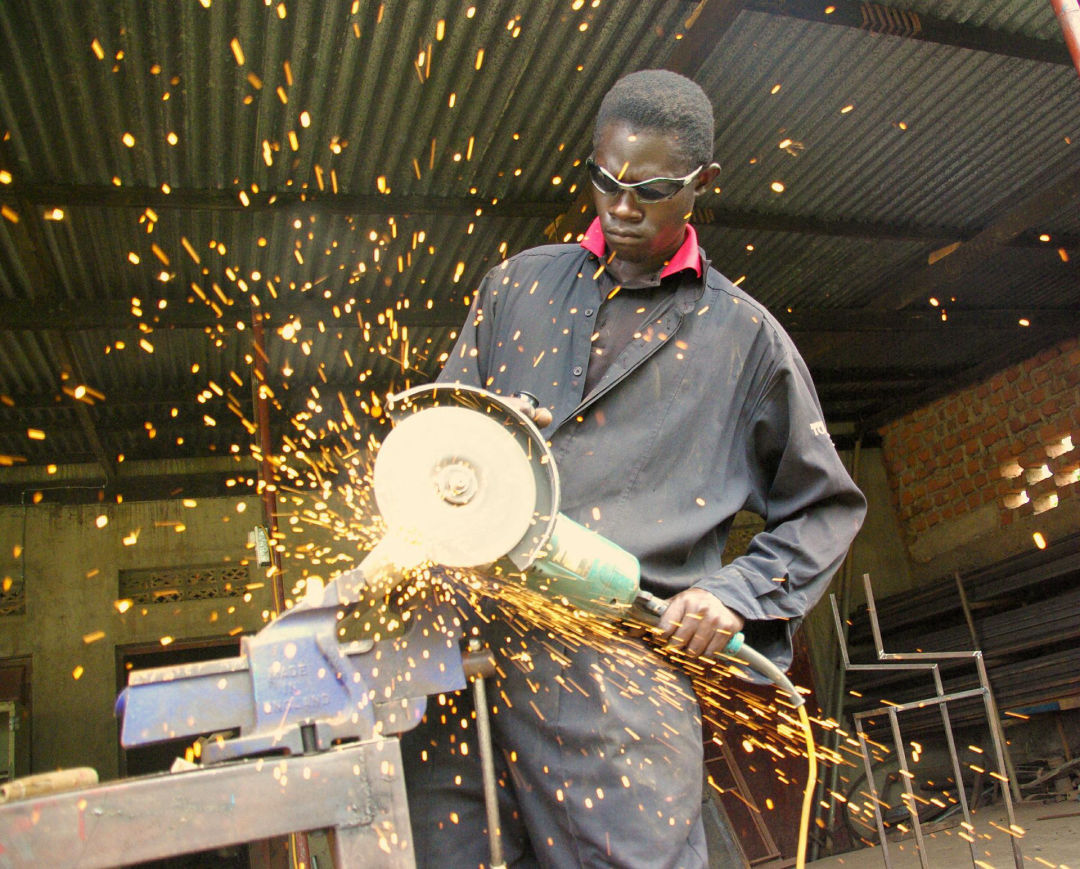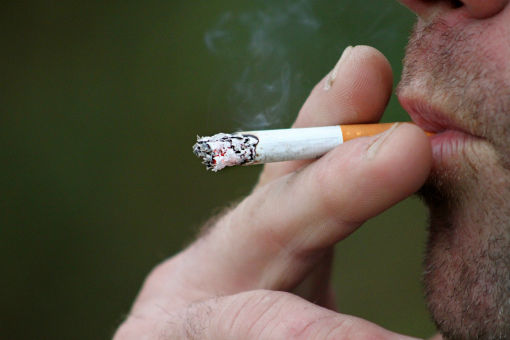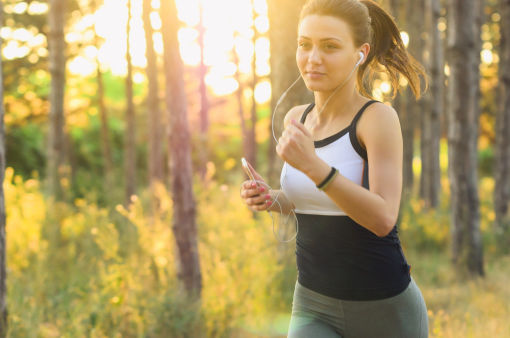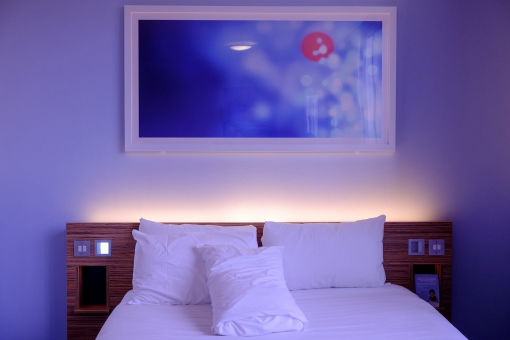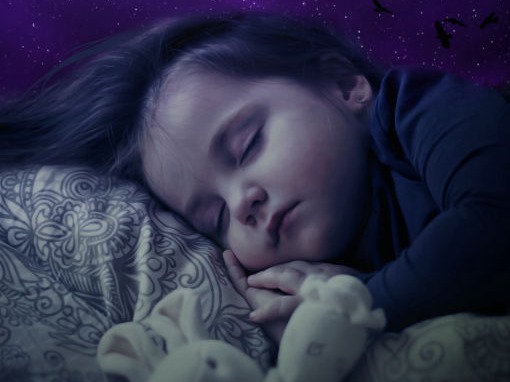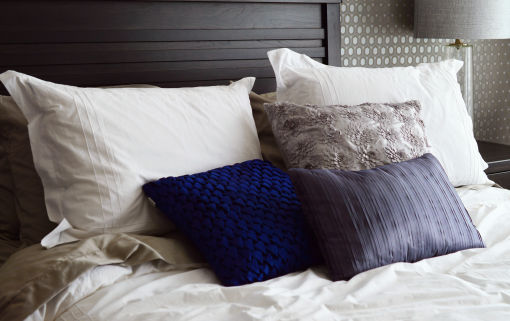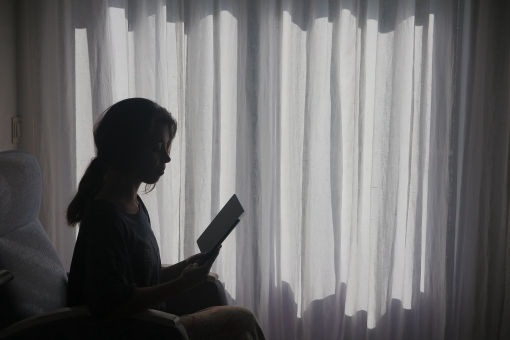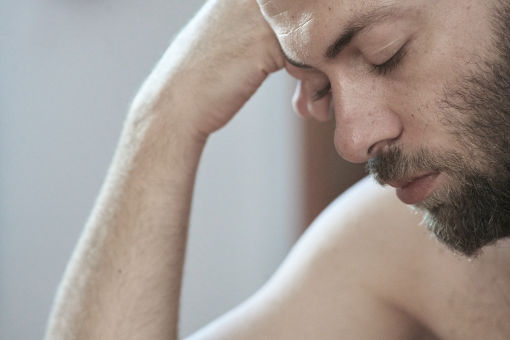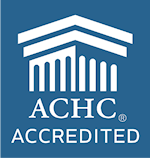Avoid nicotine & caffeine.
These are addictive stimulants that can keep you awake. Smokers often experience withdrawal symptoms at night, and smoking in bed is dangerous. Avoid caffeine for eight hours before your desired bedtime. Your body doesn't store caffeine, but it does take many hours for it to eliminate the stimulant and its effects.
